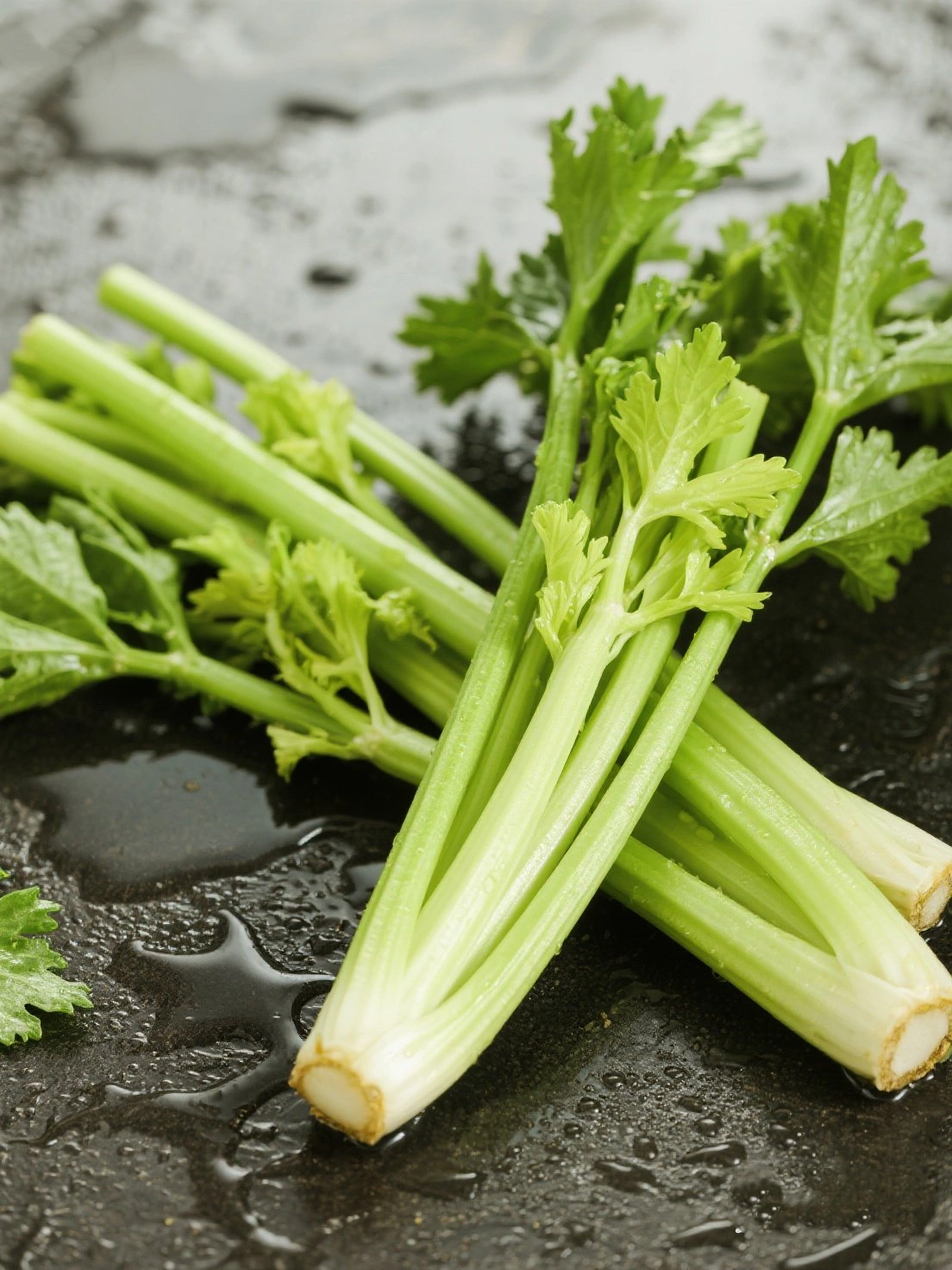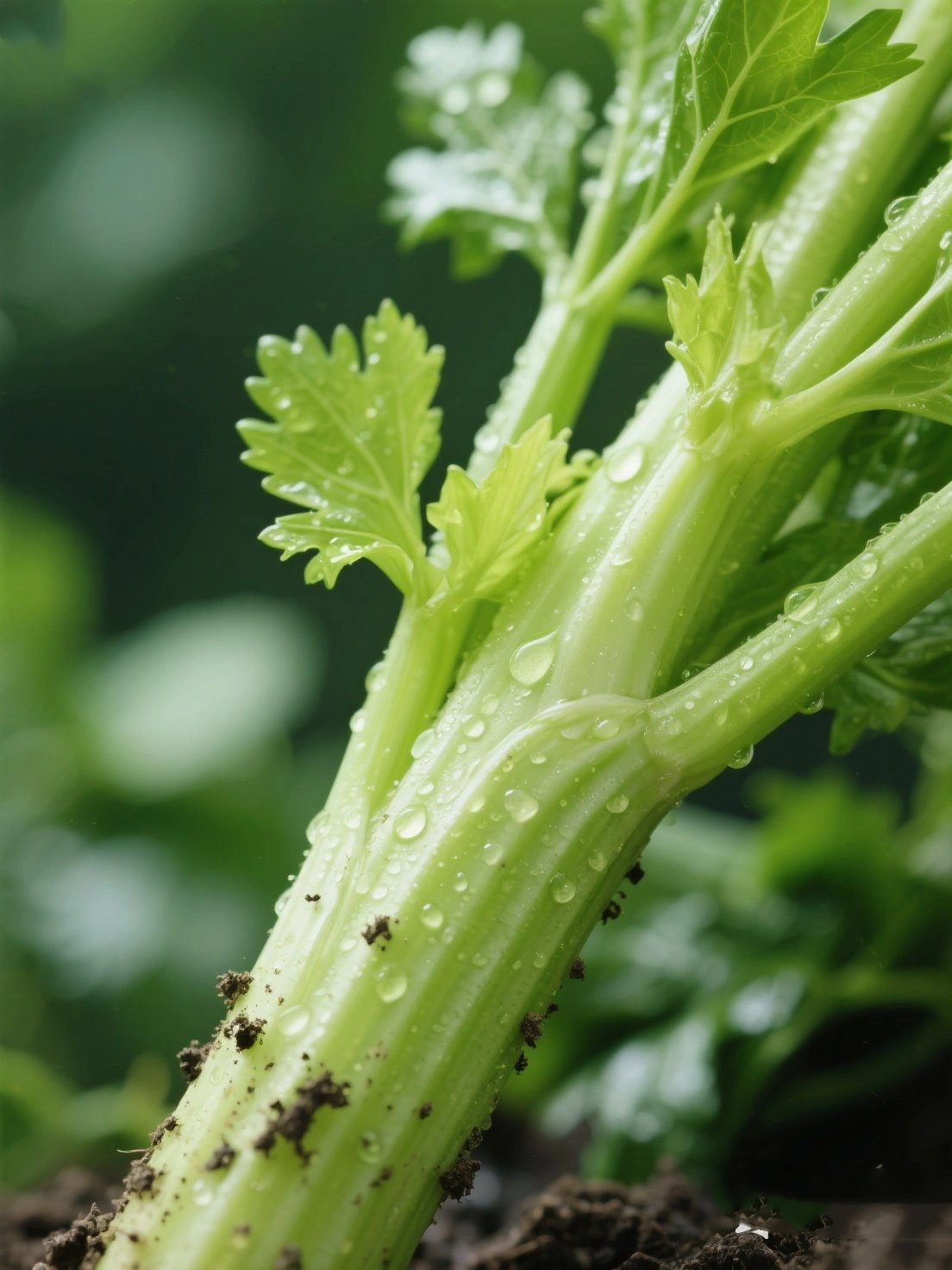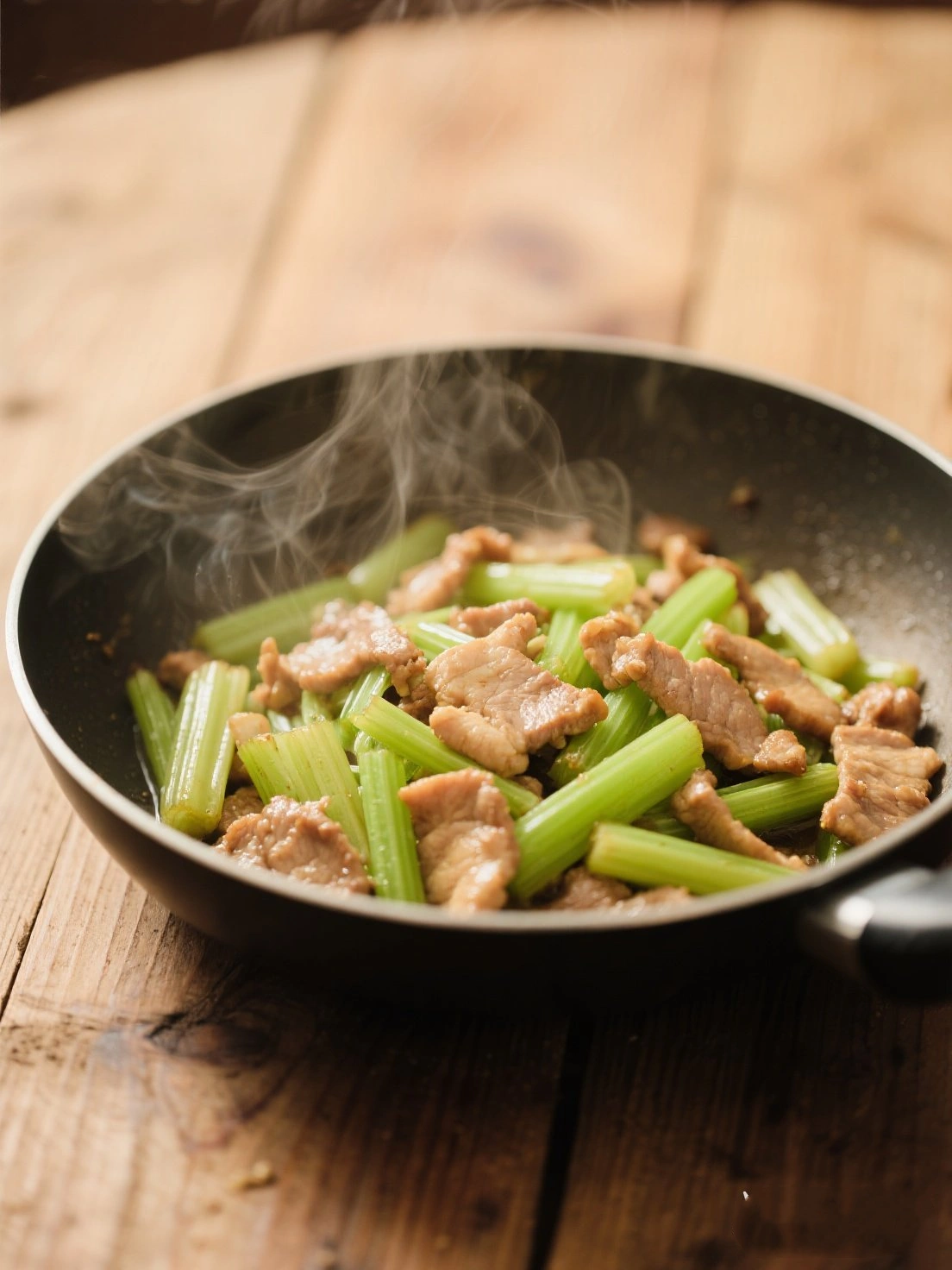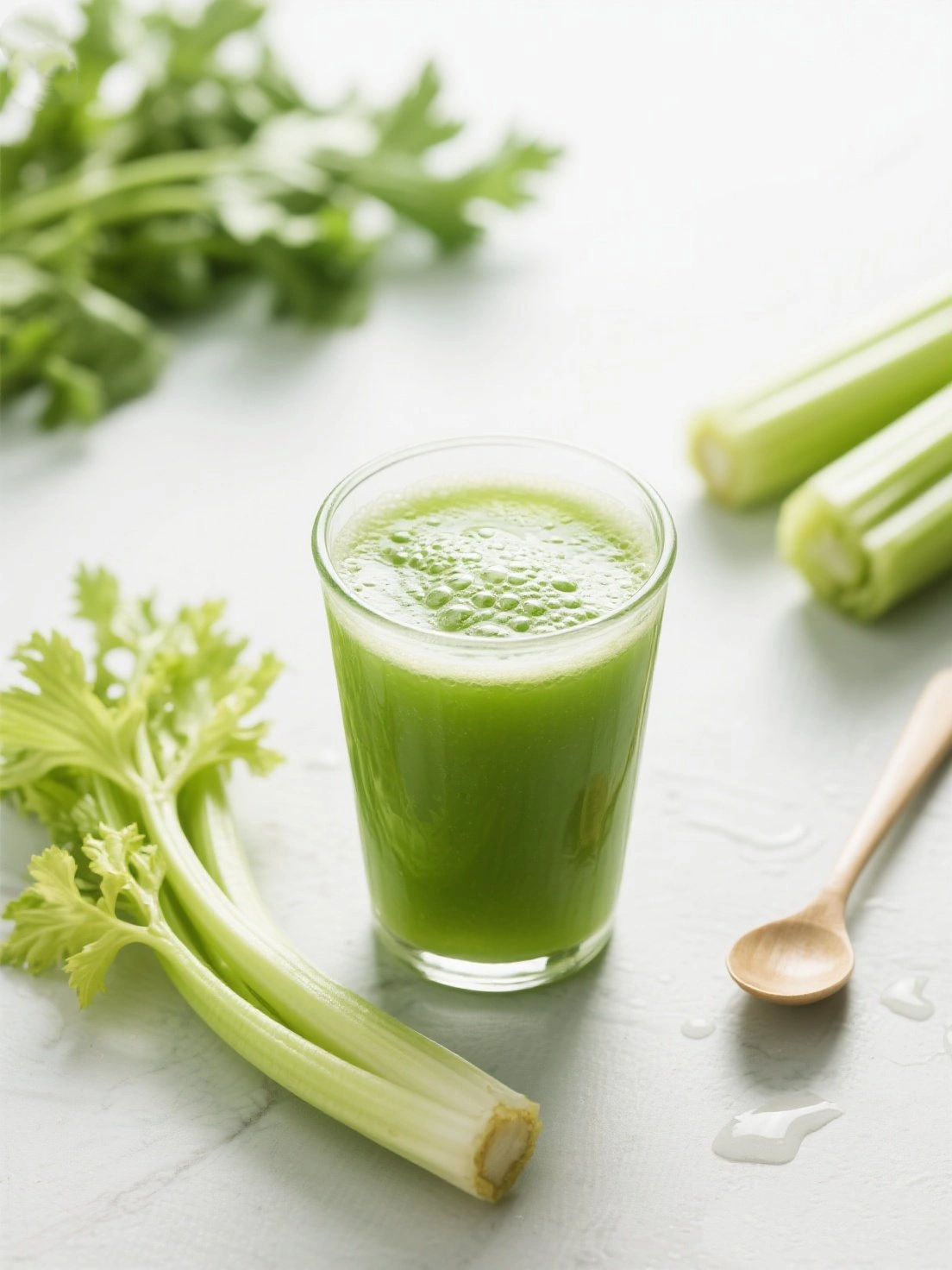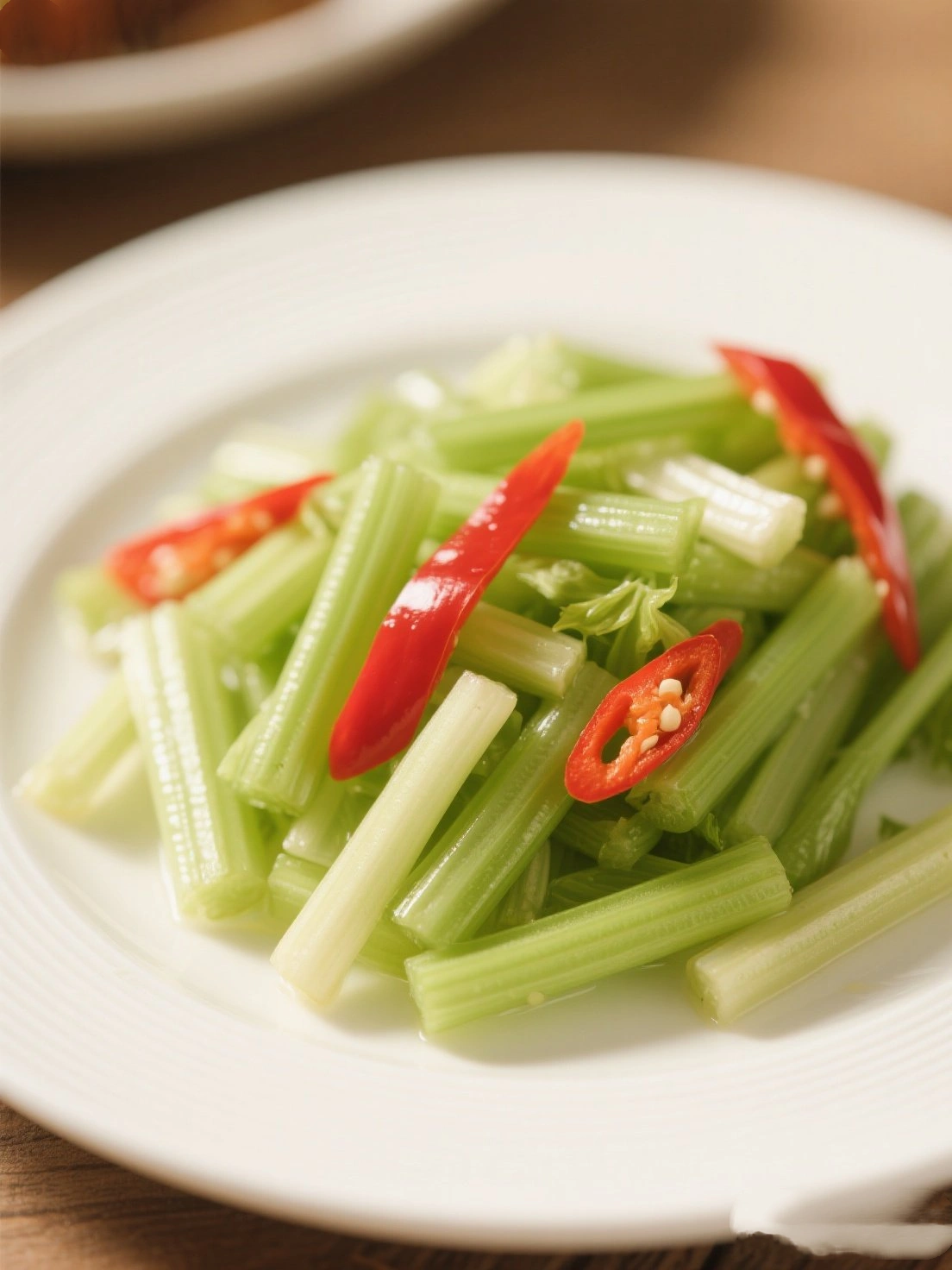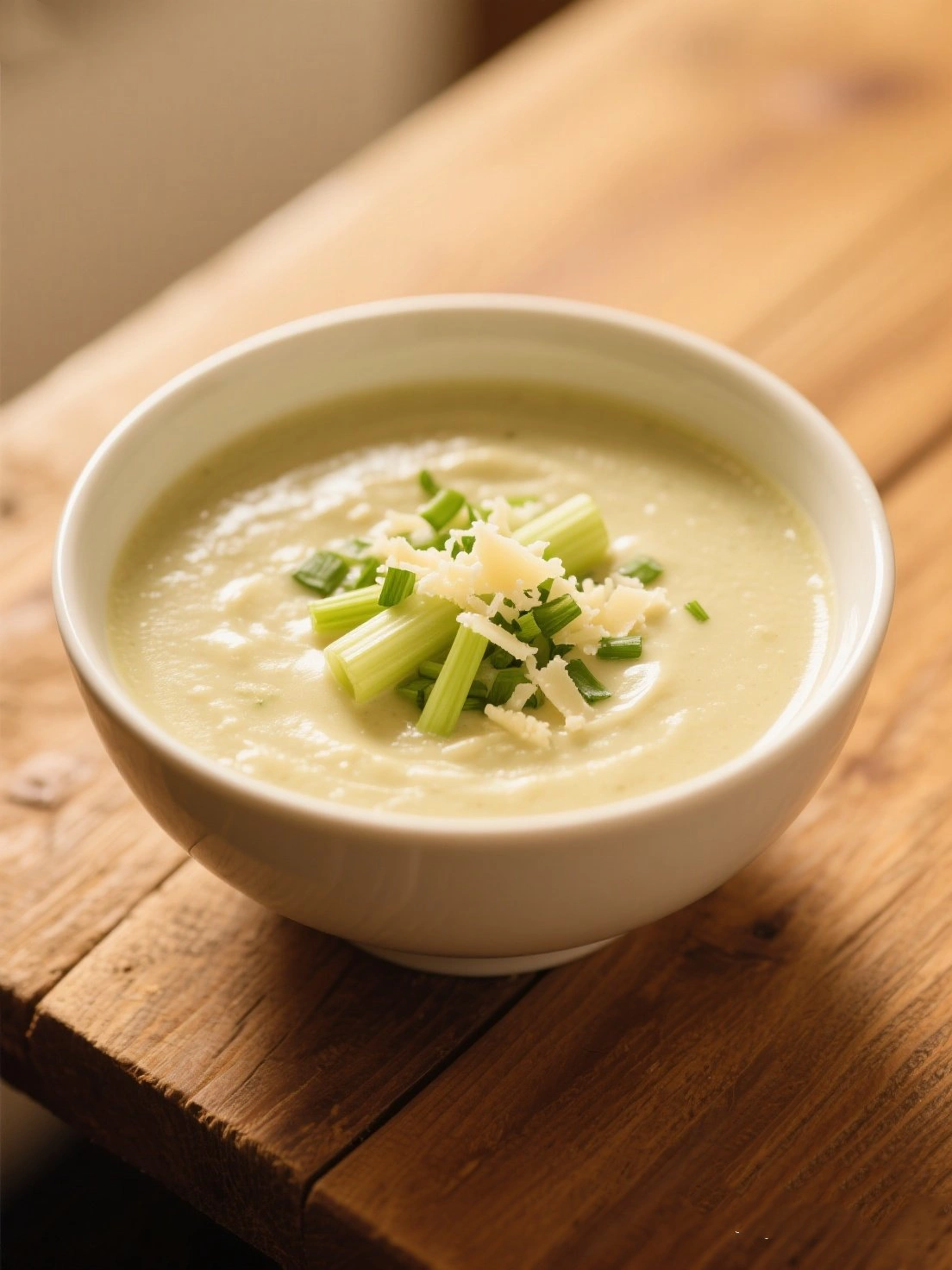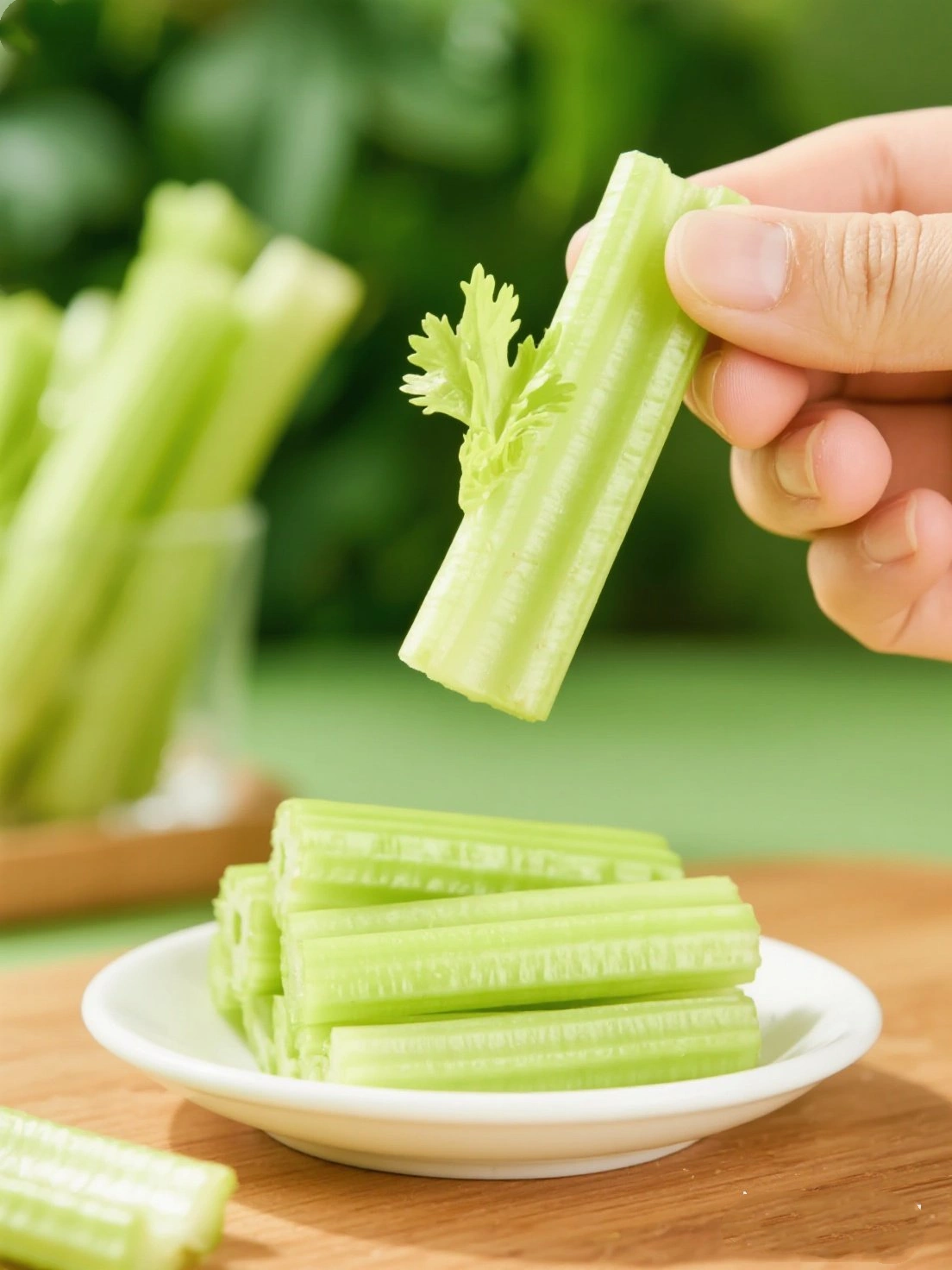Celery (Apium graveolens), known as 芹菜 (qín cài) in Chinese, has been cultivated since at least 850 BC. Originally from the Mediterranean region, it was first used medicinally before becoming a food crop. Celery reached China during the Tang Dynasty (618-907 AD) via the Silk Road and became integrated into both cuisine and traditional medicine.
In Traditional Chinese Medicine, celery is considered cooling and slightly bitter. It's used to clear liver heat, lower blood pressure, promote urination, and relieve rheumatism. The seeds are particularly valued for their diuretic properties. Modern TCM practitioners recommend celery for hypertension, arthritis, and as a digestive aid.
Today, China is the world's largest celery producer, with major cultivation in Shandong, Hebei, and Henan provinces. The vegetable thrives in cool climates and is available year-round. Celery has gained global popularity as a health food, especially for its "negative calorie" reputation and high nutrient density.
